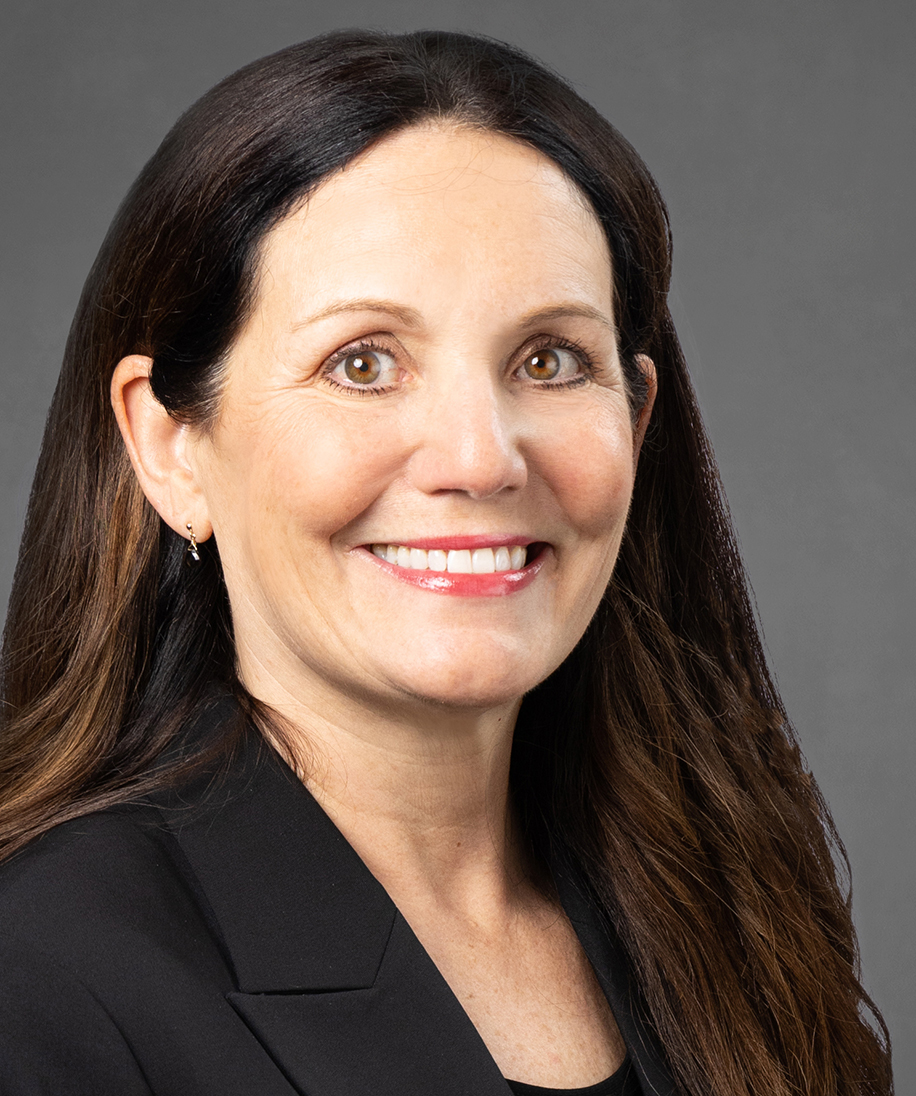Client Alert
Washington, We Have a Problem: OIG Calls for Skin Substitute Payment Reform
October 30, 2025
By Gary F. Giampetruzzi, Wendy Goldstein, Kefei Li, Laura A. Skinner and Patrick McKelvey
A new report by the Health and Human Services Office of the Inspector General (OIG) analyzes Medicare Part B spending trends for skin substitute products and reveals that expenditures in non-institutional settings rose nearly seven-fold from approximately $400 million in the third quarter of 2022 to nearly $3 billion in the third quarter of 2024.
The Sept. 8 report titled “Medicare Part B Payment Trends for Skin Substitutes Raise Major Concerns About Fraud, Waste and Abuse” that was conducted by the OIG’s Office of Evaluation and Inspections (OEI Report) attributes this significant increase to several factors, including higher product utilization, rising unit prices and expanded use in home care settings. Additionally, the OEI Report raises concerns about the current payment structure and less rigorous FDA approval processes. It urges the Centers for Medicare & Medicaid Services (CMS) to pursue payment reforms and recommends that policymakers develop strategies that both maintain access to appropriate care for Medicare beneficiaries and address vulnerabilities to fraud, waste and abuse in the industry. The OEI Report comes on the heels of a dramatic uptick of nationwide prosecutor activity, which has had shades of impermissible regulation through enforcement.
Significantly, the OEI Report mentions, in a selective manner, only a limited number of factors leading to these vulnerabilities, some driven by CMS itself. For example, the report does not address COVID-era changes in CMS supervision and reimbursement policies that resulted in significant increases in utilization in the wound-care sector. These changes included significant telehealth expansions and the relaxation of direct physician supervision requirements, both of which fundamentally altered the delivery of wound care. Telehealth expansion led to notable shift to in-home care, which unleashed demand out of a significant patient population that had lacked practical access to care. Relaxed supervision lowered the barrier for potential fraud, waste and abuse. Without direct, in-person oversight, the application of and billing for skin substitutes could be more easily manipulated.
Further, the OEI Report does not identify the manipulation of the average sales price (ASP) through the inappropriate use of bona fide service fees (BFSFs) as a factor contributing to the elevated spend on skin substitutes. As ASPs continue to decline in the wound-care sector — driven by payer reimbursement pressures, competitive market dynamics and product commoditization — some manufacturers are reportedly increasingly relying on sham BFSFs to maintain economic alignment across distribution channels. The OEI Report underscores the urgent need for broad legislative reform across the wound-care sector, which has been shaped by historic regulation that no longer meets the mark. Although the report’s analysis is based on data from the third quarter of 2024, the most recent CMS ASP files confirm that manufacturers continue to capitalize on the very regulatory gaps the OEI Report identified as vulnerabilities. For example, in October 2025 alone, 12 new allograft products will appear on the ASP list, with prices ranging from $2,400 per square centimeter at the low end to $5,893 per square centimeter at the high end. In this regard, the revenue and utilization charts in the OEI Report reflect only a snapshot in time and do not provide a longitudinal analysis that would reveal the continued growth in overall wound-care payments throughout 2024 and 2025. Enforcement alone is unlikely to solve this problem.
OEI Report Findings
Spending Trends
According to the OEI Report, utilization of skin substitutes under Part B increased significantly between early 2023 and late 2024. The number of billed units rose by 83% while the number of beneficiaries receiving skin substitutes grew by 53%. At the same time, the cost of individual skin substitute product increased by 153%. This increase in utilization and unit prices was a central driver of overall spending growth.
The OEI Report reveals a notable divergence in spending patterns between fee-for-service (FFS) Medicare and Medicare Advantage (MA), despite MA plans covering more than half of all Medicare beneficiaries. In the third quarter of 2024, the report found that total spending for skin substitutes under MA was just 7% of spending under Part B ($192 million in MA compared to $2.9 billion in Part B). The OEI Report concludes that MA’s use of reimbursement and utilization management tools, such as negotiated contracts for reimbursement rates and prior authorization, results in dramatically lower spending on skin substitutes.
The OEI Report further observes that by late 2024, 28% of beneficiaries with a Part B skin substitute claim were treated at home, representing more than half of all Part B expenditures on these products. Average per-patient costs in the home setting were approximately four times higher than in office settings, reflecting both greater product volumes and higher per-unit prices.
Regulatory Constructs Driving Spending Trends
Significantly, the OEI Report attributes these spending trends to the current regulatory framework governing the reimbursement and product approval process. Specifically, the ASP reimbursement methodology is identified as a large contributor to the Medicare spending. ASP is a weighted average price calculated using data submitted to CMS by the manufacturers. There is a two-quarter lag between the period when sales data is collected and when the corresponding ASP payment rate goes into effect (e.g., sales data from the first quarter of a year is used to set the payment rates for the third quarter). For new products without an ASP, payment rates are often based on wholesale acquisition cost (WAC) or invoice price, which are much higher than the eventual ASP. The OEI Report finds that once ASP-based payments began, manufacturers cut the product’s sales price. Because of the two-quarter lag, Medicare’s payment rate continued to be based on the older, higher price, which allowed providers to retain even greater spreads — the difference between the decreasing acquisition cost and the older, higher reimbursement rate. The spreads may incentivize higher utilization and product switching. Further, under the ASP payment methodology, Medicare pays a 6% add-on to the ASP to cover providers’ overhead costs. The report claims that this add-on also creates an incentive to use more expensive products.
The FDA approval processes for skin substitutes is also flagged by the report as a contributing factor of the spending trends. Most skin substitutes are regulated through simpler and faster FDA pathways than the more rigorous process required for other biologics or drugs. This, according to the OEI Report, allows manufacturers to introduce new products into the market relatively faster and to be able to take advantage of the early phases of the ASP payment cycle.
Potential for Abuse by Providers
The OEI Report details how the payment system’s structure creates opportunities for provider abuse. Some of the financial incentives that drive misconduct and specific, questionable billing patterns that could indicate fraud are identified. For example, these include providers billing exclusively for skin substitutes, submitting multiple claims to circumvent claim limits, claims for medically unnecessary treatments and billing by specialties not typically associated with wound care. The OEI Report also highlights discrepancies between manufacture-reported ASP sales and provider billing volumes, which may indicate improper ASP reporting or billing practices.
The OEI Report cites prior enforcement actions, including a case in which providers submitted more than $1.2 billion in false or fraudulent claims related to skin substitutes, resulting in over $600 million in Medicare payments. (United States v. Gehrke et al., Crim. No. 24-1040.)
Call for Legislative Changes
Significantly, the OEI Report urges fundamental legislative and regulatory reform to address the observed trends. The report’s “Call to Action” is aimed directly at policymakers, challenging them to remove the financial incentives that the current system creates and to reconsider foundational questions, such as whether skin substitutes should even be paid like drugs or whether there are better methods that could be used to set payments.
In response, CMS already has initiated two significant actions aimed at fundamentally overhauling the skin substitute payment system. In July 2025, CMS proposed revisions to the CY 2026 Physician Fee Schedule that would reclassify skin substitutes from “drugs and biologics” to “incident-to” supplies. (90 Fed. Reg. 32352, 32512(July 16, 2025)). This change would assign products into payment groups based on their FDA regulatory category, a move that directly addresses the OIG's criticism that products with a low bar for market entry were being paid like rigorously tested biologics. CMS estimates that the change could reduce Part B spending by $9.4 billion in 2026.
CMS also announced the Wasteful and Inappropriate Services Reduction (WISeR) Model, a six-year demonstration beginning in 2026. (90 Fed. Reg. 28749 (July 1, 2025)). Operating in six states, the WISeR model, in a dramatic change from the historic trust-based system, will function as a high-tech gatekeeper, leveraging artificial intelligence and streamlined prior authorization to scrutinize the medical necessity of high-cost skin substitute claims before any reimbursement payment. This places the burden of proof squarely on providers, who must either voluntarily seek prior authorization or face a pre-payment medical review after the service, ensuring that only appropriate services are reimbursed and protecting the Medicare program from the outset.
Ultimately, the OEI Report conclusively demonstrates that the explosive spending on skin substitutes is not the result of a few bad actors but the inevitable outcome of a fundamentally flawed payment system. Some prosecutors may believe otherwise, with the simple but understandable reaction that the explosion in federal spend related to this sector must be based on fraud and fraud alone. Based on a review of select filings of ongoing criminal prosecutions across the country, federal prosecutors are pursuing actions based on allegedly problematic rebate practice, something that has little, if any, criminal precedent. While the report details specific fraud schemes, its final recommendations rightfully pivot away from individual prosecutions and instead focus on making systemic changes through payment reforms. Simply put, what is in the OEI Report, and what is omitted from it, underscores the need for a comprehensive, data-driven re-examination of the entire wound-care sector, not a series of headline prosecutions against individual companies.
Contributors




Managing Director, Life Sciences & Healthcare Consulting Group
Practice Areas
Life Sciences and Healthcare Consulting Group
For More Information




Managing Director, Life Sciences & Healthcare Consulting Group